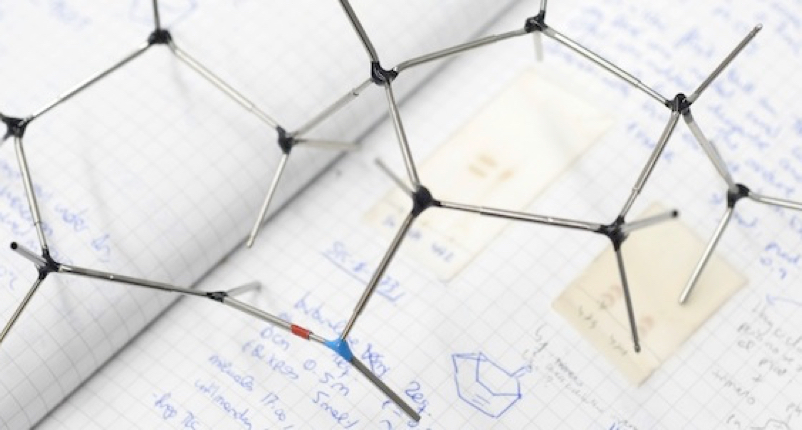Thermodynamics of 2,2′:6′,2”-Terpyridine-Metal Ion Complexation
The complexation of 2,2′:6′,2″-terpyridine (tpy), which is an important building block in metallosupramolecular chemistry, has been studied by titration experiments with the perchlorate hexahydrate salts of Fe2+, Co2+, Ni2+, Cu2+ and Zn2+ in acetonitrile solution applying UV-vis and NMR spectroscopy and isothermal titration calorimetry (ITC). UV-vis titrations showed characteristic spectral changes upon addition of metal ions to tpy solutions indicating the formation of the M(tpy)22+ complexes at a metal/ligand ratio of 1:2. 1H NMR experiments revealed the exact amounts of 1:1 and 1:2 species during the titrations based on characteristic changes of the chemical shifts of tpy protons. ITC experiments were performed in both titration directions and gave Hº values between -14.5 and -22.2 kcal/mol for the complexation of the metal ions to tpy ligand together with estimates for the lower limit of the binding constants, which are in the range of 108 M-1 and higher.

R. Dobrawa, P. Ballester, C. R. Saha-Moeller, F. Wuerthner
ACS Symposium Series 928 2006, Chapter 4, 43-62
DOI:
Go to the journal

Let's create a brighter future
Join our team to work with renowned researchers, tackle groundbreaking
projects and contribute to meaningful scientific advancements




















